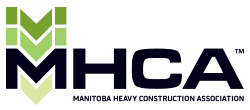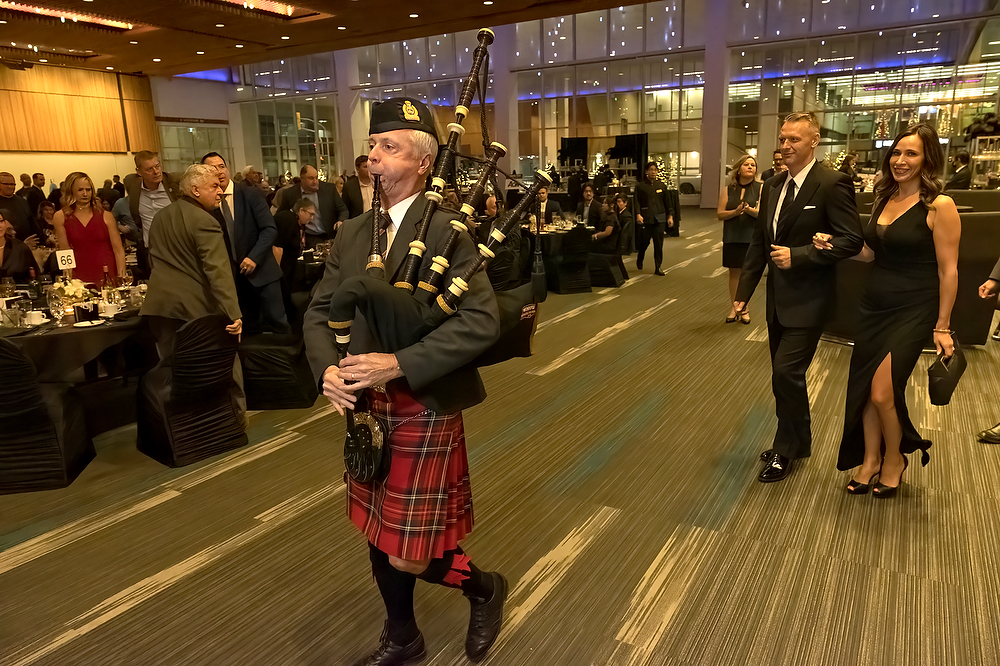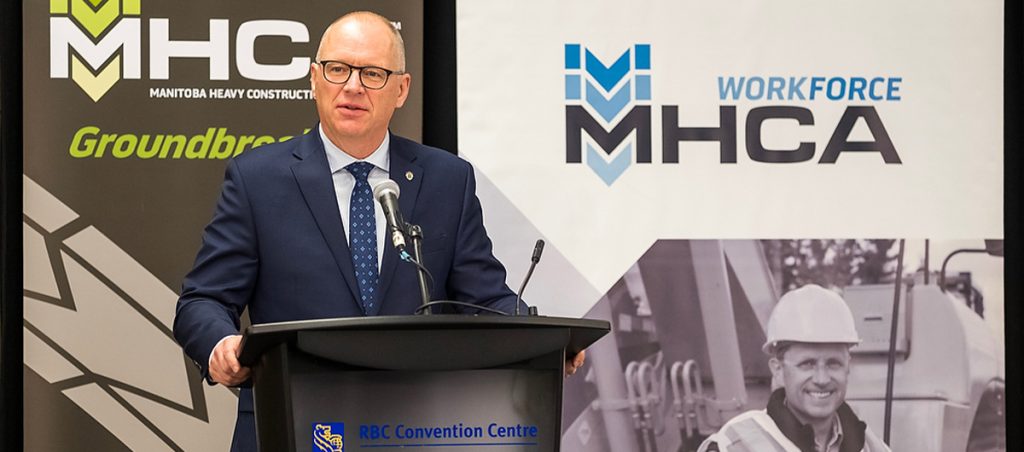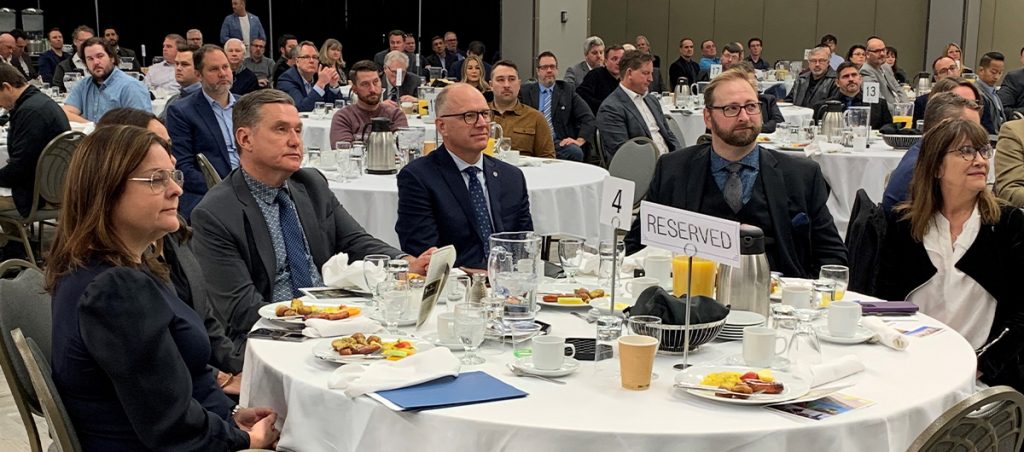Trade corridor investment, new funding deal see support: Winnipeg budget
The call for strategic investment in trade corridors drew good support – and some opposition – at the final City Hall budget discussion that saw Council pass the 2023 financial plan.
The decisions to proceed to design study of extending the Chief Peguis Trail and expanding Kenaston Boulevard, along with the funding to extend water and wastewater services to CentrePort Canada, were hailed as part of Council’s “investment in, and vote of confidence in, Winnipeg’s business community” by Loren Remillard, President of the Winnipeg Chamber of Commerce.
“All these will support more efficient and effective movement of people and goods, essential to the long-term prosperity of our community at large,” Remillard told Council March 22.
MHCA President and CEO Chris Lorenc followed up with an equally strong call for investment in the city’s trade corridors, to spur economic growth.
“Winnipeg faces serious social challenges, as we move beyond the hangover of the pandemic economic turmoil. We need to provide critical services to those in our community who are struggling,” Lorenc said. “That requires financial resources.”
Those revenues can only come from growing the economy, and investment in trade-enabling infrastructure spurs significant returns to the city’s treasury, he noted.
Not all of Council agreed with moving to extend Chief Peguis and expand Kenaston. Coun. Matt Allard said expanding the regional streets would simply induce more traffic eventually. As well, the projects’ combined pice tag of about $1 billion should be used for measures that reduced greenhouse gas emissions.
Lorenc also said the city needs a new funding deal with the province and, by extension, the federal government, noting that only 10 cents of every tax dollar collected goes to municipalities.
“We implore you, Mayor and City Council, to seize the opportunity before you now – with 2023 being an election year. Press each of the three party leaders for a new funding model that more fairly shares the tax revenues and, maybe, opens new revenue sources.”
Both Remillard and Lorenc stressed their organizations have for years championed the need for a better tax revenue-sharing model, to empower municipalities to serve growing populations.
Mayor Scott Gillingham sought the support of the Chamber and of MHCA in the city’s efforts to see such a new funding deal. Lorenc said the call for a fairer “new fiscal deal” has been central to the MHCA’s pre-budget briefs to the provincial government for years.
Such a deal should press not just for a greater share of tax revenues to municipalities, but look at potential for cities and towns to expand their revenue sources, and ensure they benefit from “growth taxes” – taxes tied to consumption that spin off more revenue as the economy improves.
Remillard called the sharing of tax revenues among the three levels of government a product of turn-of-the-century “feudal” thinking, where property was regarded as the primary source of wealth.
Today, Remillard noted, a lot of business operate solely on electronic platforms.
Lorenc said tri-governmental funding deals often ignore the much higher, longer-term costs of infrastructure projects. The provincial and federal governments do not, for example, consider the life-cycle costs of infrastructure assets when splitting construction costs three ways.
To view Lorenc’s address to Council click here, and his earlier address to Public Works, click here.








